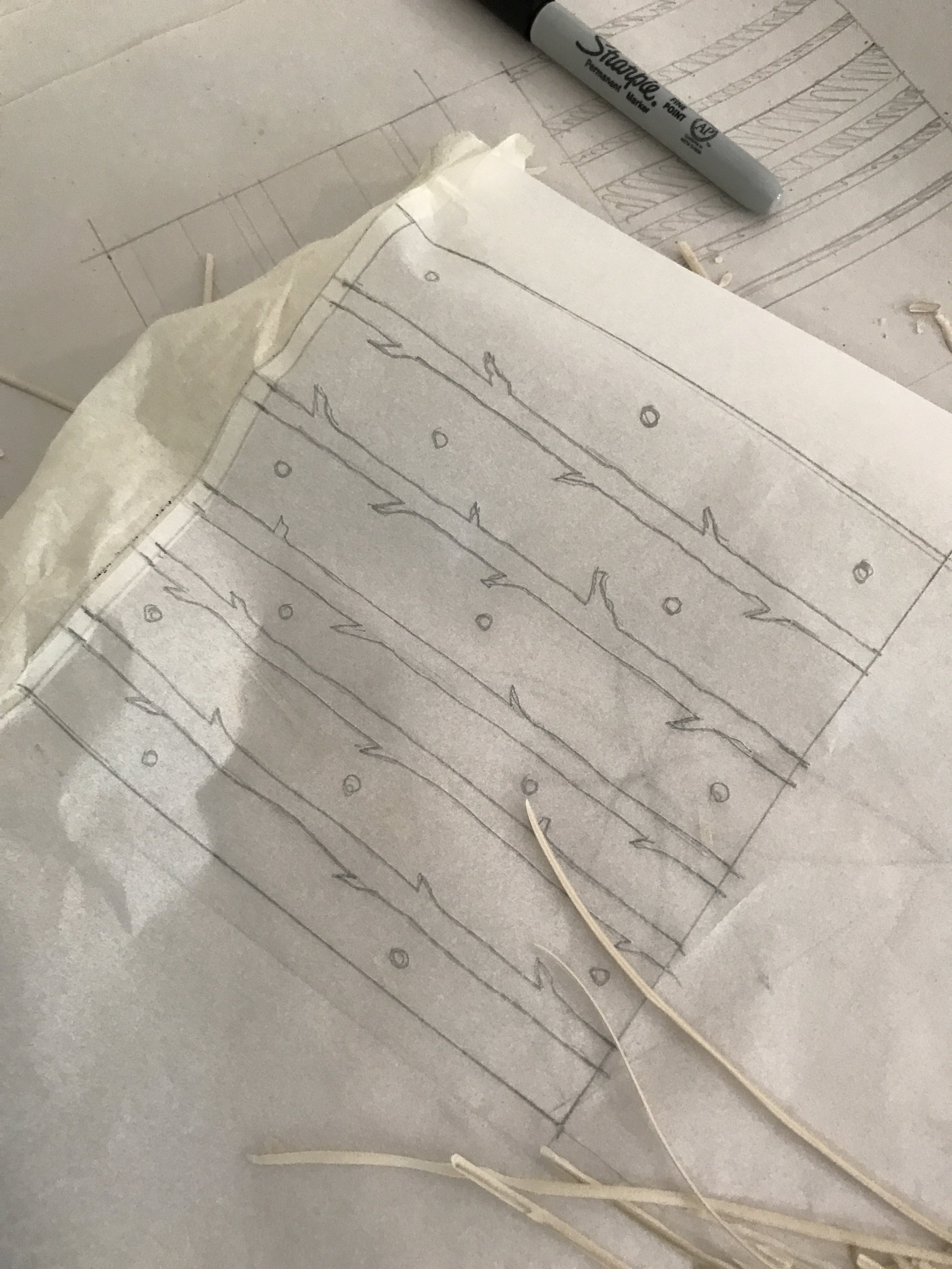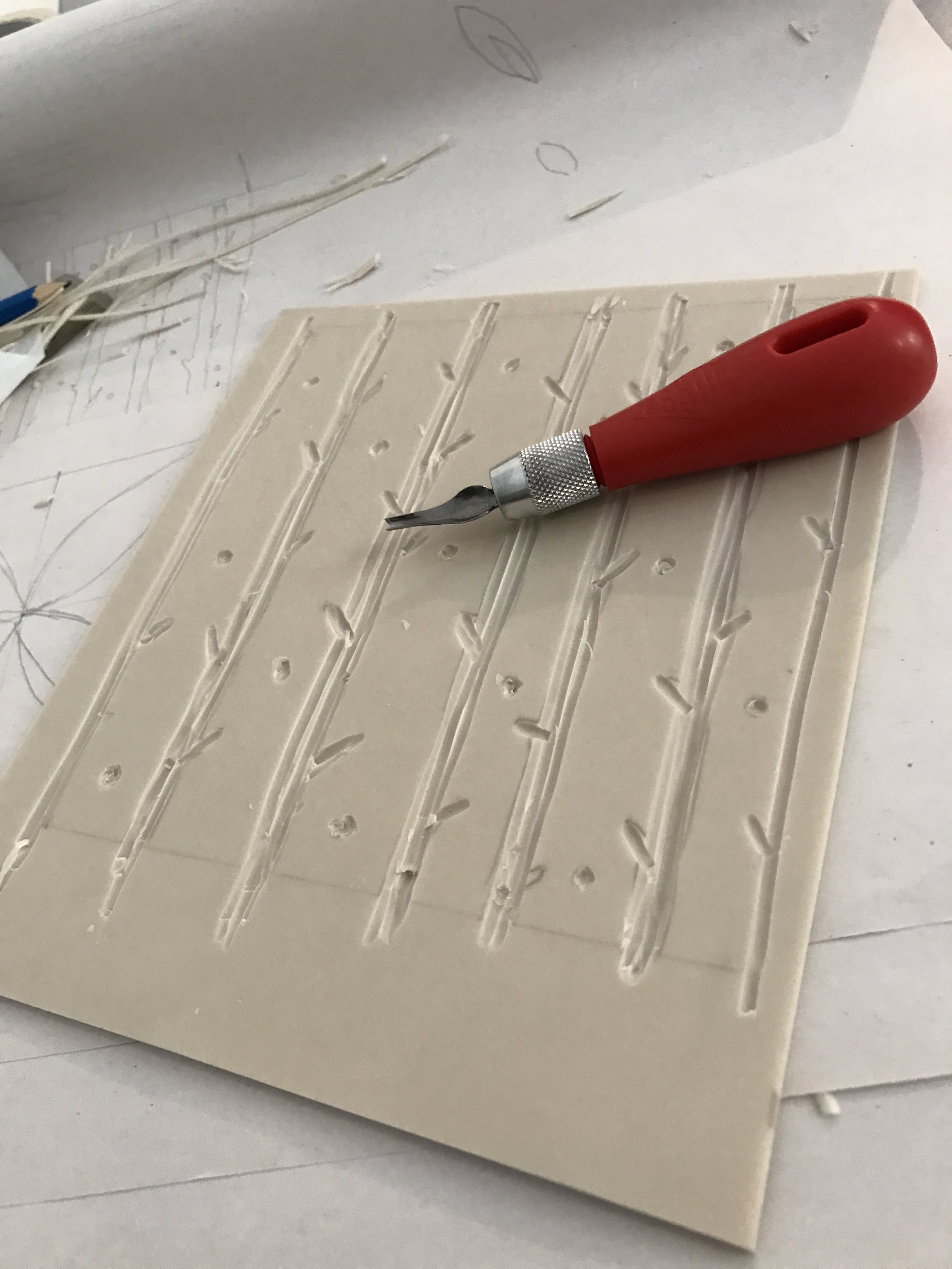Week 12: New steps | Ideas in a different space, problem swap, cultural and paradigm shift
Take a graphic design interest that you are familiar with and investigate how the idea can be improved, disrupted or retold through a shift of application.
This might be an opposing media or environment ( e.g from book to installation, packaging to performance) or an opposing time or fictional future (e.g. speculative design). You can tell the story of your idea in any medium, but ensure the shift you make with your project is apparent, courageous and driven by risk and a rationale.
Upload your work to the ideas wall and demonstrate further reflection on your personal critical, reflective learning journal; your blog
Week 12: Workshop Challenge
After writing on the blog about connecting with your clients and how it’s just as important to have something tangible as well as visual, I decided to answer this week’s challenge to see if we can reuse the waste from print.
Is it possible to reprint, print?
Did you know 5% of paper from every print job is wastage?
For my week 12 challenge I looked into whether it was possible to reprint using paper waste for the previous print job.
I interviewed my Patrick Lucas (aka husband) from Pureprint Group, Uckfield to see if this could be done. Although it would be technically possible, he explained why they wouldn’t be able to.
There are difficulties in reusing paper in mass-producing print because:
The print belongs to somebody else - The client will have paid for it as part of the estimated original job but may also contain the following:
Confidential information
Copyright on logos, photography and illustrations
Intellectual property rights
Previously printed sheets - don’t go through the press well again because the ink already on the sheet can transfer onto the blankets and you may get ghosting
May be a compromise on quality that the printer will not want to put their name to it
But ultimately, the waste material belongs to the original client, and you have to respect that it is their job and can’t be used on another job.
I have decided to pursue this for my workshop challenge using a lino cut that I previously created and overprinting it with a previous piece of work.
Development - concept piece
Greenpeace Annual Report printed on Shell profits page
To show the juxtaposition of these two printed pages.
The background image is the Greenpeace Annual Report, suggested to be printed on wastage paper used from the Shell Annual Report profits page.
Due to intellectual copyright and confidential information this couldn’t be achieved, and is purely concept.
Final piece - Visual interpretation
‘Recycling’ the design piece I created in the week 01 quadriptych, workshop challenge. I have shown how this could look overprinted with a lino print texture.
This was an experimental piece in my time and resource restraints, but I loved the textured effect it gave and would love to revisit it at some stage.
Reflection:
How can we look to the future of both design and graphic design practices by shifting the context of an existing tool, method or project?
I think it is vital to create new and innovative work relevant to the future. We can do this by:
Be open to new technologies and trends and think past pen and paper
Technology constantly evolves, and designers must be open to new technologies (educating themselves) and trends to stay ahead of the curve. For example, the rise of AI is opening up new opportunities for designers.Keep being creative and experimental
We must be creative and experimental to push the boundaries of what is possible; we should not be afraid to experiment with new tools, methods, and techniques.Be collaborative
Design is a collaborative process, and designers need to be able to work effectively with others. They need to be able to communicate their ideas clearly and concisely, and they need to be able to take feedback and suggestions from others.By shifting the context of existing tools, methods, and projects, designers can create new and innovative work and be relevant to the future.





